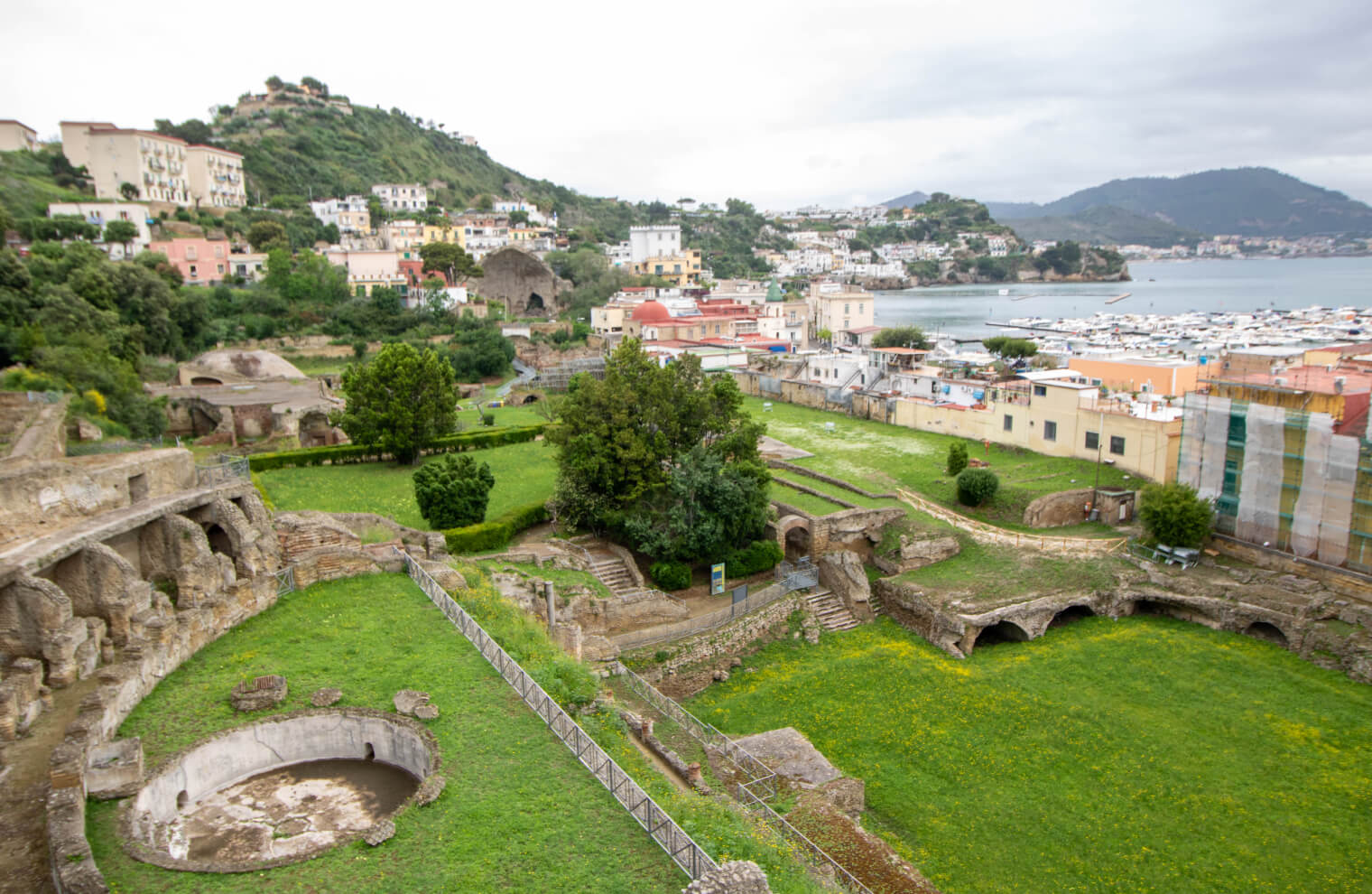
The ancient Romans were renowned for their advanced engineering and luxurious lifestyle, and nowhere is this more evident than in their baths. In Campania, the remnants of these grand structures offer a glimpse into the sophisticated and indulgent world of Roman bathing culture.
The Role of Baths in Roman Society
Roman baths, or thermae, were more than just places to bathe; they were social hubs, centers of relaxation, and venues for various activities. These complexes typically included a series of heated rooms, cold baths, exercise areas, and spaces for socializing and conducting business.
Notable Bath Complexes in Campania
1. Terme di Baia: The thermal baths of Baiae, known as Terme di Baia, were among the most luxurious in the Roman Empire. This seaside resort was a favorite retreat for the Roman elite, including emperors and senators. The baths featured an elaborate system of heated pools, steam rooms, and therapeutic baths, all designed to provide the ultimate in relaxation and rejuvenation.
2. Stabian Baths in Pompeii: The Stabian Baths are the oldest and most well-preserved baths in Pompeii. This complex includes a series of rooms with different temperatures, including the caldarium (hot bath), tepidarium (warm bath), and frigidarium (cold bath). The Stabian Baths also had a large exercise area, or palaestra, where visitors could engage in physical activities before bathing.
3. The Suburban Baths of Herculaneum: Located near the ancient city of Herculaneum, the Suburban Baths are another fine example of Roman bath architecture. These baths, well-preserved due to the volcanic ash from the eruption of Mount Vesuvius, include beautifully decorated rooms with intricate mosaics and frescoes.
Cultural and Therapeutic Importance
Bathing in Roman times was a daily ritual that combined hygiene, leisure, and social interaction. The Romans believed in the therapeutic benefits of hot and cold water treatments, and the baths were designed to promote both physical and mental well-being. The different temperatures and various bathing rooms allowed bathers to follow a specific regimen that enhanced relaxation and health.
Modern Discoveries and Preservation
Archaeologists continue to uncover new information about Roman baths and their construction. Ongoing excavations and preservation efforts in Campania help us understand the complexities of these structures and the role they played in Roman society. These ancient baths stand as a testament to Roman engineering prowess and their cultural emphasis on cleanliness and communal activities.
Relive the Luxurious Lifestyle of Ancient Rome
Visiting the Roman baths in Campania is like stepping back in time to experience the luxury and sophistication of ancient Roman life. These impressive structures not only highlight the advanced engineering of the Romans but also offer insight into the social and cultural practices that defined their civilization. For those interested in history, archaeology, or simply the art of relaxation, the Roman baths of Campania provide a fascinating and enriching experience.